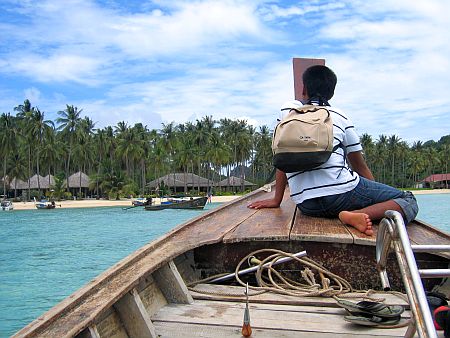
We’re now on the beautiful island of Phi Phi with its clear turquoise water, green cliffs and sandy beaches. As we’re nearing the end of our mammoth journey, the next few days are for relaxing and not doing much at all!
But first, the story of how we got here. We had to take an overnight train from Bangkok to the town of Surat Thani (10 hours). We bought a first class ticket (cost around US$40 per person) and we had the whole cabin to ourselves, which was great. We even managed to order an edible meal and, unlike all the other trains we’ve been in, someone actually makes the bed for you rather than dumps the linen on your bed. How’s that for service?
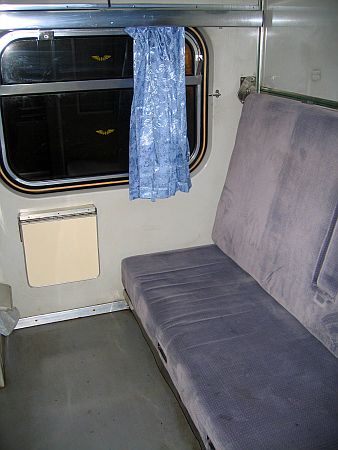
Once we arrived, we then had to go through the rigmarole of getting a coach to Krabi, the coastal town that takes you to Phi Phi. We didn’t like the pushy salespeople that met you at the station offering to take us there for 200 baht ($6) each — and besides, the coach looked full and we weren’t ready to perch on one of those plastic stools they place along the aisle for three hours. So we took a local bus to Surat Thani (about 40 cents each, 20 minutes). Inevitably, touts were at the bus station ready to sell us tickets. One guy told us the next coach to Krabi wasn’t for another 90 minutes and would cost us 250 baht each! This made no sense, as we were just told it was 200 baht. We told him this and immediately smelt something fishy. Luckily Rob noticed an operator across the road that matched the logo on one of the waiting coaches bound for Phuket. The lady at that place told us the tickets for Krabi cost 130 baht — the very same coach that was leaving in 90 minutes! So we got those, ate breakfast at a friendly home-cooked veg restaurant then had enough time to get on the Krabi coach.
After a three hour coach trip we were in Krabi. While the coach leaving from Surat Thani station, confusingly situated in the nearby town of Phunphin, was full of tourists, our coach was a local number travelling backroads. The usual touts were at the destination bus terminal, trying to sell us overpriced taxi rides to go one or two kilometres. Forget it! We simply hopped on a <a href=”http://en.wikipedia.org/wiki/Songthaew”>songthaew</a> and shared the ride with the locals (which included kids swinging off the back of the modified vehicle) and got dropped off right in front of our hotel minutes later.
Rather than head straight for Phi Phi we spent the night just outside Krabi in a beautiful little budget resort. We had a huge room with amazing views of the lake, hills and lagoon swimming pool below. Next morning we were picked up by the Krabi agent of our Phi Phi hotel who drove us the 5km to the Krabi pasenger pier for the ferry trip to Phi Phi.
We got to Phi Phi by lunchtime. Part of the island was hit by the tsunami in 2004 but you’d never guess it today as everything has been rebuilt. The place is quite busy, even though it’s technically low season. The resort hotel we’re treating ourselves to after our long journey is secluded and peaceful, but there are still plenty of water activities available. The bungalows are huge with confortable bedding, ample balcony space to relax on and the all-important air conditioning. (The bathroom though, doesn’t have a proper door – just a thin linen curtain that doesn’t go all the way across! And chips cost SEVEN DOLLARS… what a rip-off!)
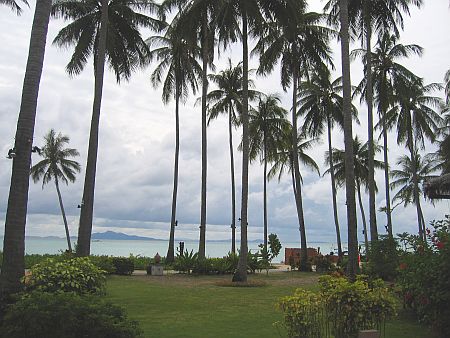
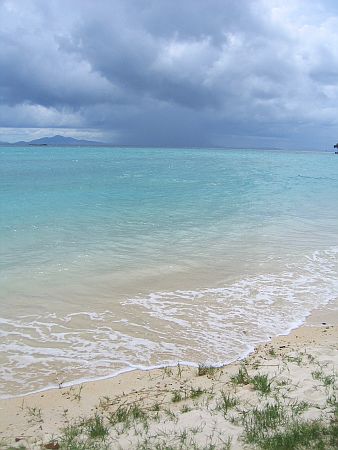
So, for the next few days it’ll be sitting on a deckchair, relaxing in the air conditioned cafés or breezy restaurants, swimming, and eating overpriced (and just above mediocre) food. We’re also keeping an eye out for more people with odd t-shirts, like the one below.
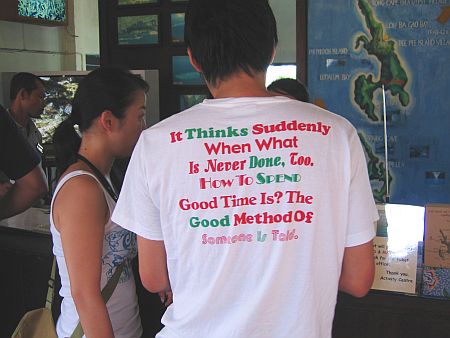
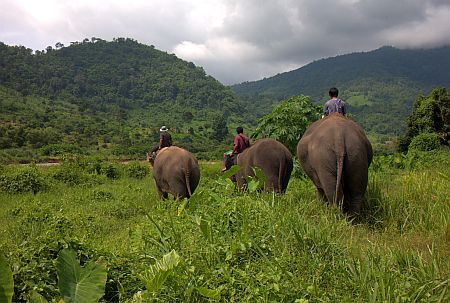
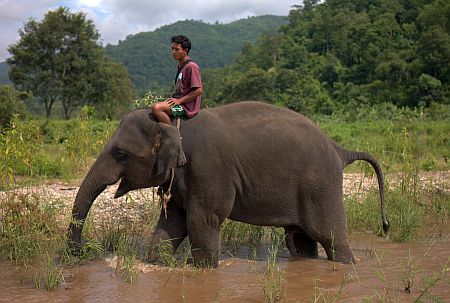
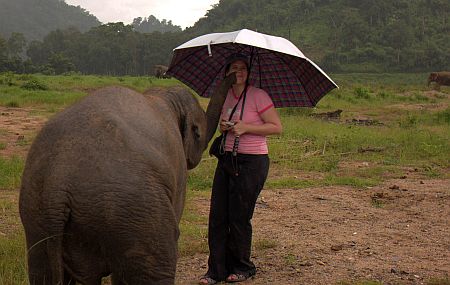

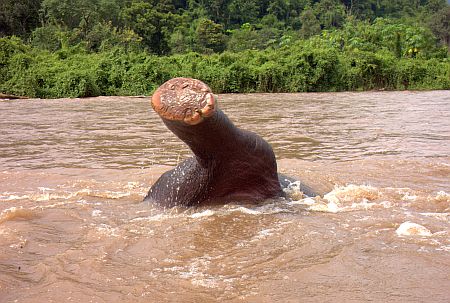
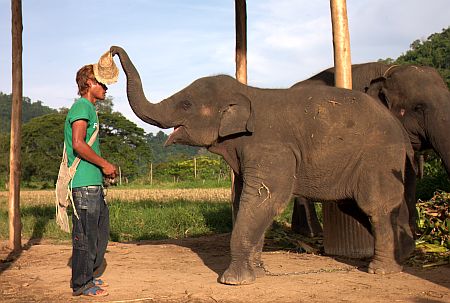
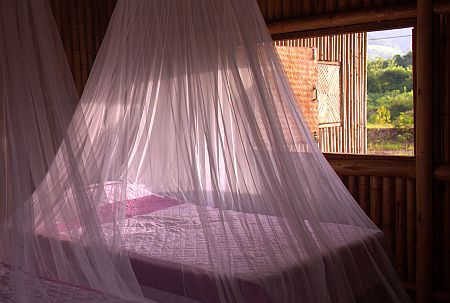
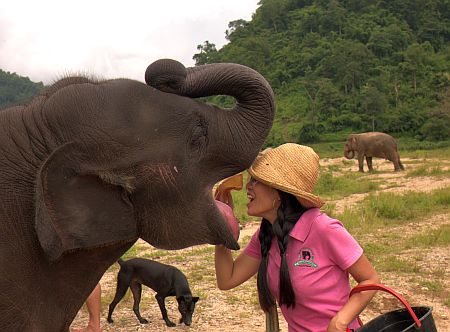
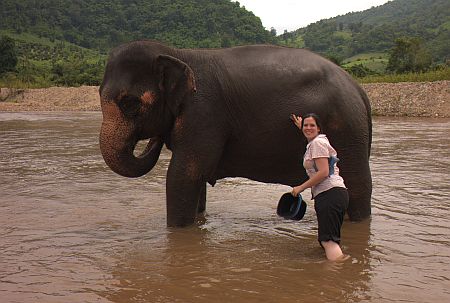
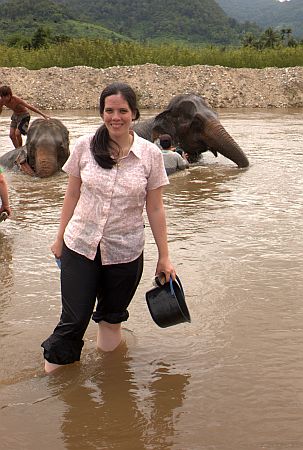
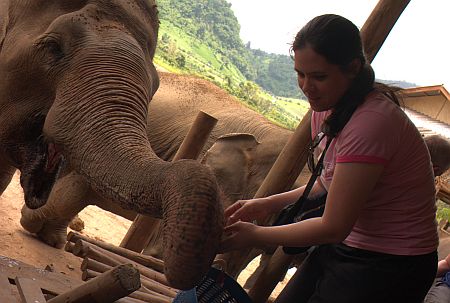







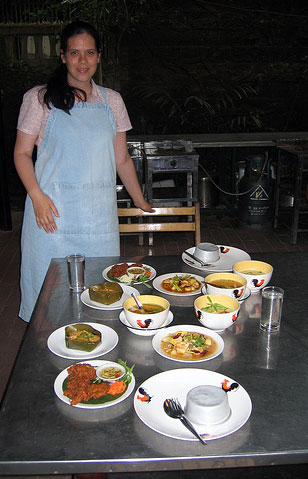
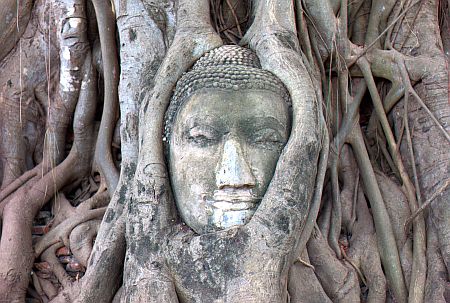
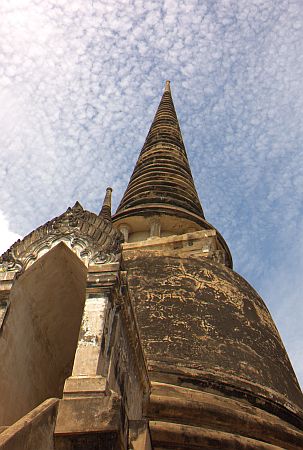
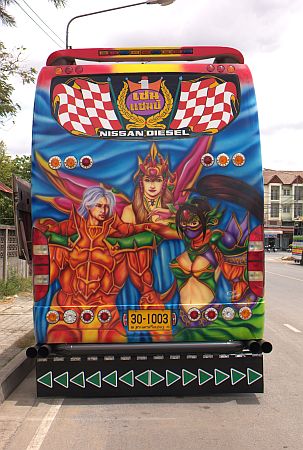
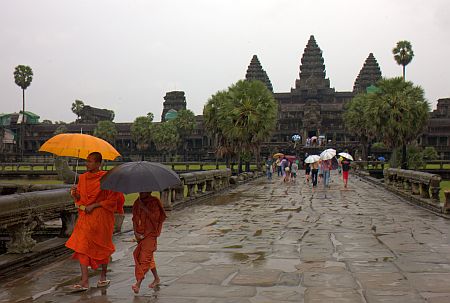
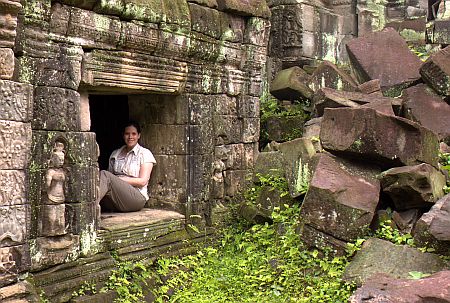
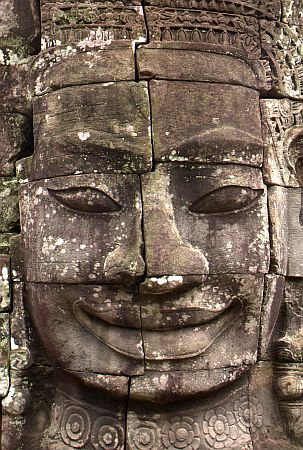
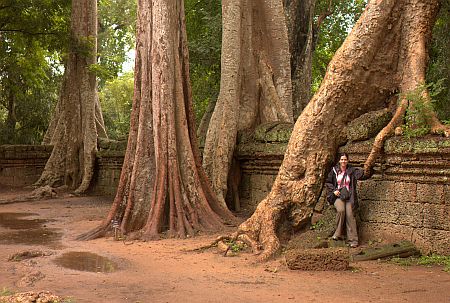
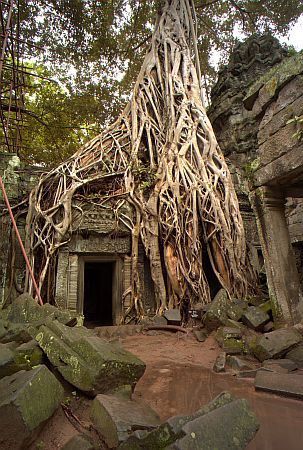
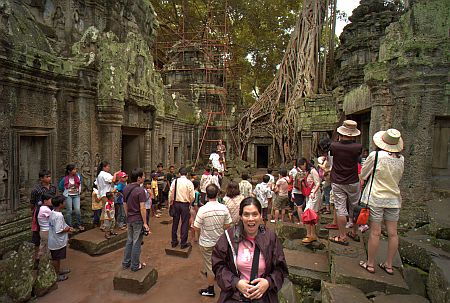
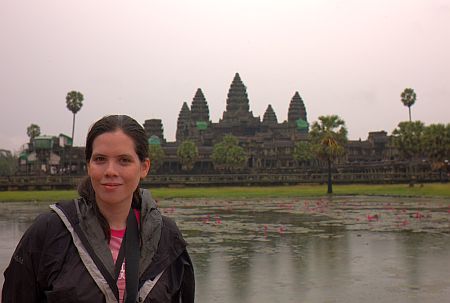
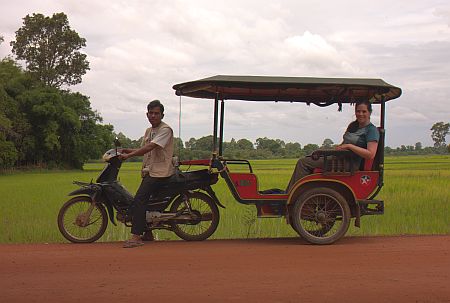
Recent Comments